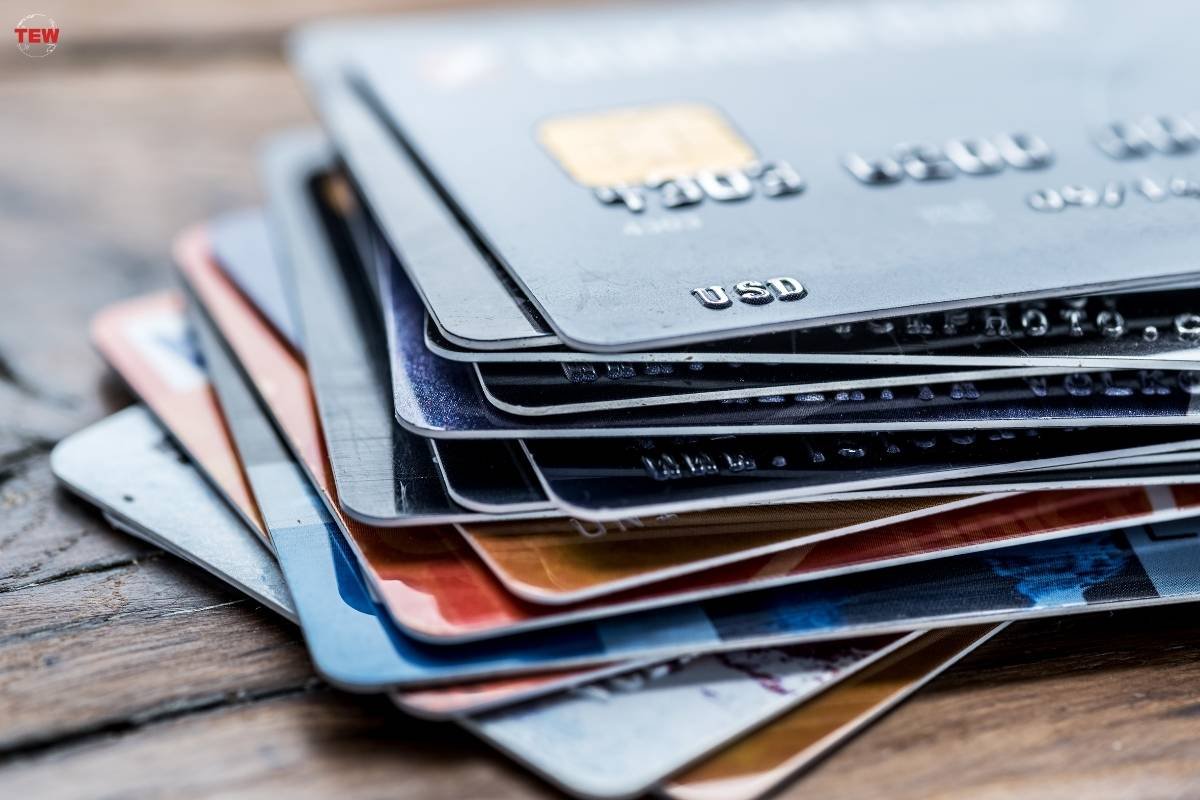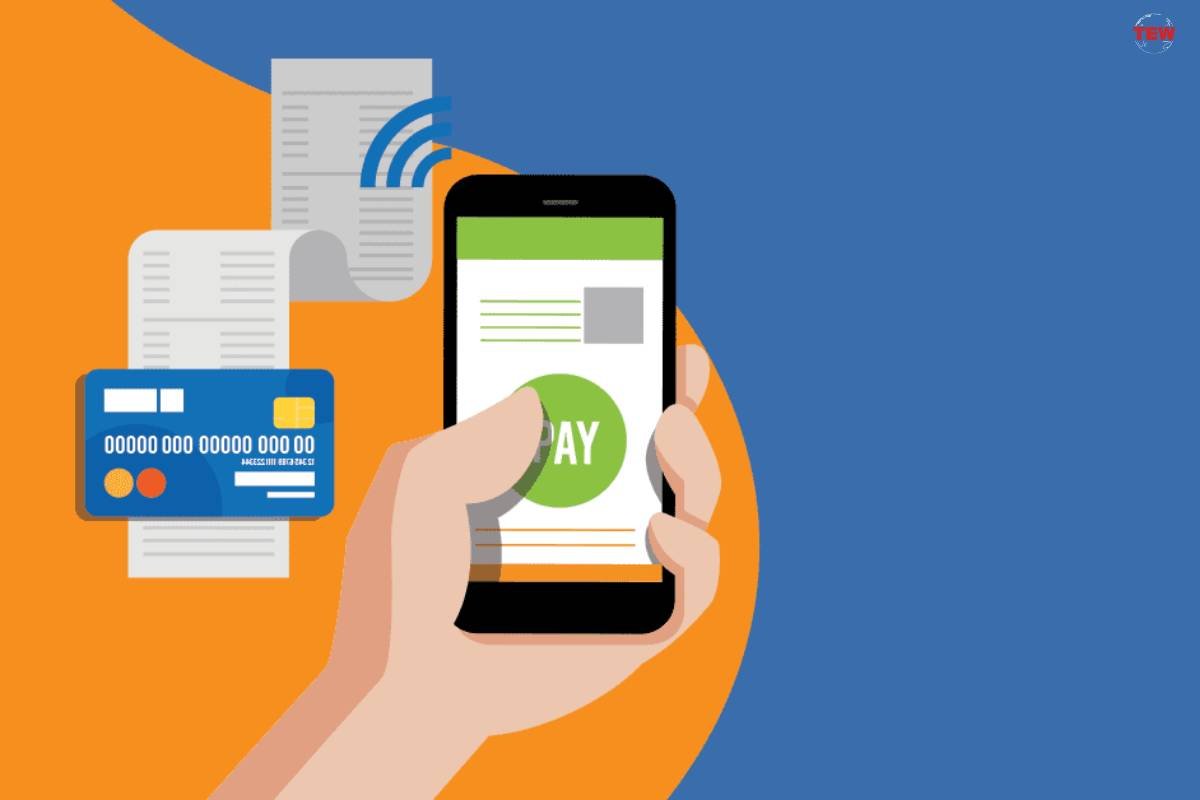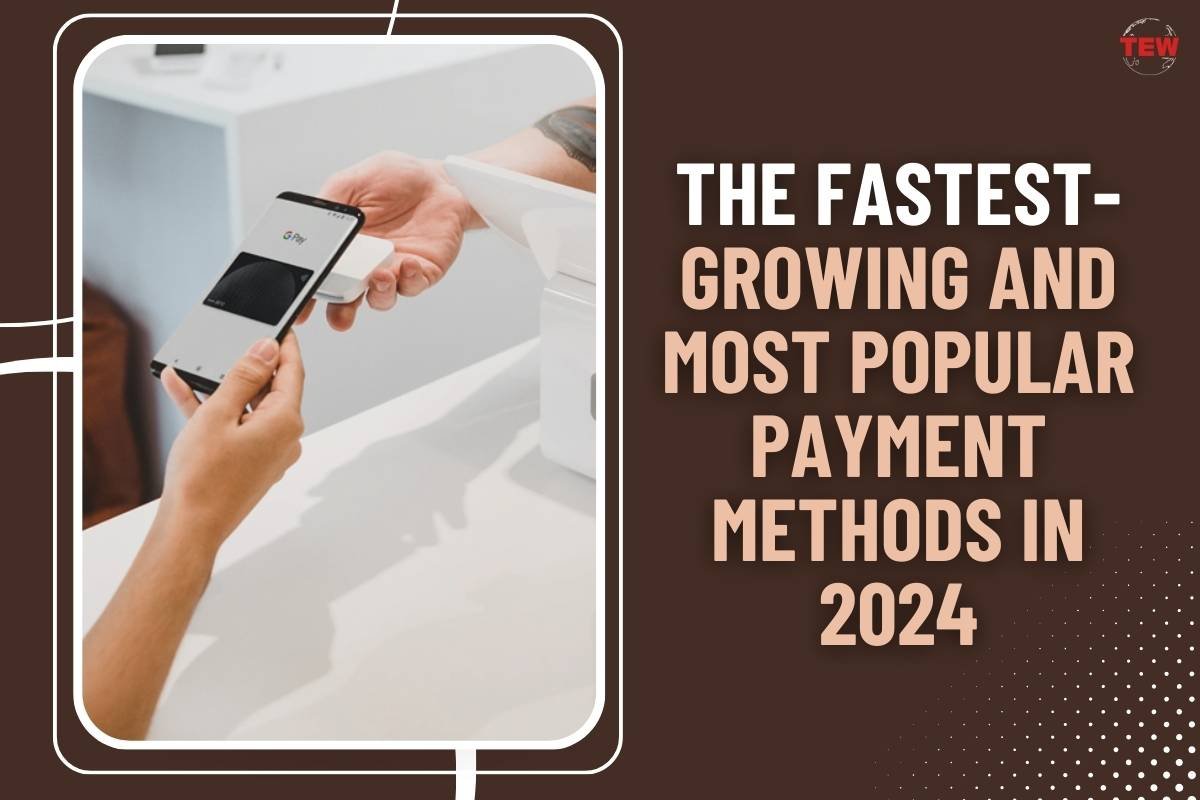In the ever-evolving landscape of digital transactions, the payment industry is undergoing constant transformation to meet the demands of our fast-paced and interconnected world. As we navigate through the dynamic changes of 2024, certain payment methods have risen to prominence, becoming the fastest-growing and most popular choices that shape the way individuals and businesses conduct financial transactions.
Cryptocurrency: Beyond the Hype
Cryptocurrencies have undergone a remarkable evolution, progressing from a niche interest to a ubiquitous and mainstream payment method. It’s projected that during 2024, over 300 million people will use crypto. Spearheaded by the groundbreaking Bitcoin and accompanied by a myriad of alternative coins such as Ethereum and Ripple, digital currencies have secured broad acceptance. Cryptocurrencies use blockchain technology. This tech allows an unmatched level of transparency and safety that was not possible in standard money exchanges before. This move toward digital currencies is a break from regular banking methods. Crypto and its decentralized nature have also changed how people and businesses think about and interact with money.

Cryptocurrency is becoming more widely adopted, it can now be used for:
- Online Retail: Several online retailers now accept cryptocurrencies as a form of payment method for goods and services.
- Crypto Casinos: The online gambling industry has embraced cryptocurrencies, providing a secure and pseudonymous way for users to engage in betting activities. Bettors can play live dealer games, slots, and original titles at Mega Dice casino and other similar platforms while using digital coins for deposits and withdrawals.
- Freelance Services: Freelancers and independent contractors often receive payments in cryptocurrencies for their services.
Mobile Wallets: Redefining Convenience
Mobile wallets have experienced an unprecedented surge in popularity, redefining the way individuals manage their finances in the digital age. In fact, more than 53% of Americans use mobile wallets and in 2022 there were 2.8 billion mobile wallets in use worldwide. Apps such as Apple Pay, Google Pay, and Samsung Pay lead the way. These are vital for everyday transactions. Users can effortlessly connect their credit/debit cards. This lets them pay with just a tap on their smartphones. The convenience and enhanced security features embedded in mobile wallets contribute significantly to their accelerated growth.
While mobile wallets can be used for a plethora of purchases, a few common places to use them are:
- Food Delivery: Mobile wallets are commonly used to make payments for food delivery services, enhancing overall convenience. Many mobile wallet users use Apple Pay to purchase food from GrubHub, a popular food delivery service.
- Retail Purchases: A lot of physical shops and e-commerce businesses take mobile wallet payments. This allows fast and touch-free checkouts.
- Transportation: Public transportation systems in various cities allow users to pay for fares using mobile wallets.
Buy Now, Pay Later (BNPL): Changing the Credit Landscape
The Buy Now, Pay Later (BNPL) phenomenon stands as a transformative force, revolutionizing consumers’ perspectives on credit. Renowned services like Afterpay, Klarna, and Affirm have emerged as formidable alternatives to conventional credit cards, presenting users with a flexible payment method that enables them to make purchases and settle their dues in convenient installments. The allure of BNPL services is rooted in their inherent simplicity, transparent structures, and frequently, the availability of interest-free installment plans. This innovative approach not only challenges the traditional credit landscape but also underscores a broader shift in the financial industry towards more consumer-centric and adaptable payment solutions.
BNPL Payments are becoming increasingly popular and are commonly used for:
- E-Commerce: BNPL services are widely utilized in the e-commerce sector, allowing users to split payments for their online purchases.
- Retail Installments: Brick-and-mortar retailers have integrated BNPL services, enabling customers to divide payments over time.
- Travel Bookings: Some travel platforms now offer BNPL options for booking flights, hotels, and other travel-related expenses. Many savvy travelers use Afterpay to purchase flights and hotels and then pay installments after their holiday.
Contactless Cards: A Bridge to the Future

Contactless cards, featuring embedded radio-frequency identification (RFID) chips, have seamlessly evolved into a vital link connecting conventional and digital payment methods. These cards offer users the comfort and familiarity associated with physical cards while incorporating the efficiency and security inherent in digital transactions. Their widespread acceptance underscores the successful fusion of traditional and modern financial approaches, providing consumers with a convenient and secure means of conducting transactions.
Contactless Cards are popular within several sectors and are commonly used for:
- Public Transportation: Contactless cards are extensively used for seamless payments in public transportation systems.
- Retail and Dining: Many merchants, including coffee shops and restaurants, accept contactless card payments. Coffee giant Starbucks accepts contactless card payments in addition to mobile options (even in the drive-thru), making payments quick and easy for consumers looking to get their caffeine fix.
- Events and Entertainment: Ticketing for concerts, movies, and events often utilizes contactless card technology for entry.
Biometric Authentication: Securing Transactions
Biometric authentication methods, exemplified by fingerprint, facial recognition, and liveliness check technologies, have evolved into essential safeguards for securing digital transactions. Today, about four out of every ten Americans use biometrics in their daily lives. Going beyond the conventional realm of passwords and PINs, biometric data introduces an additional layer of security, significantly mitigating the risks associated with fraudulent activities. This shift towards biometric authentication not only enhances the overall security posture of digital transactions but also reflects a broader commitment to advancing technology in ways that prioritize user convenience without compromising on the critical aspect of safeguarding sensitive financial information.
Biometrics offer added security and are commonly used for:
- Mobile Banking: Many mobile banking apps now employ biometric authentication for secure login and transaction authorization.
- ATM Withdrawals: Some banks use biometric authentication at ATMs, enhancing security for cash withdrawals.
- Healthcare Payments: Biometric authentication is employed in certain healthcare payment systems to ensure secure and authorized transactions.
Voice-Activated Payments: A Growing Trend

The integration of voice-activated technology into payment processes is rapidly gaining momentum, marking a significant shift in how users interact with financial services. Popular virtual helpers like Amazon’s Alexa and Apple’s Siri lead the change. They make voice-activated tasks easy for users. Beyond the basic functionalities, users can now not only make payments but also check balances and execute various financial tasks through intuitive voice commands. This rising shift not only boosts the ease and handiness of banking solutions but also highlights a wider transformation toward user-focused and highly modern payment methods in the constantly changing digital world.
Voice-activated payments offer convenience to consumers in the following areas:
- Online Shopping: Users can verbally initiate and confirm purchases through voice-activated payments on e-commerce platforms. Amazon’s Alexa allows users to shop online and purchase items from the platform, all by simply using their voice and communicating with Alexa directly.
- Bill Payments: Voice-activated payments can be utilized for paying utility bills, subscriptions, and other recurring expenses.
- Online Food Delivery: Users can seamlessly navigate through menus, place orders, and confirm payments with a simple set of voice commands, enhancing the overall ease and efficiency of the food ordering experience.
Conclusion: Navigating the Future of Payments
In 2024, the payment landscape is characterized by innovation, convenience, and a shift towards digital-first solutions. The fastest-growing and most popular payment methods reflect the evolving preferences of consumers and businesses alike. From mobile wallets and cryptocurrencies to BNPL services, and voice-activated payments, each method contributes to a diverse and interconnected ecosystem.
We’re shaping the future of payments by blending technology, security, and user experience. This mix is steering the payment industry’s direction. The goal? To keep it flexible and able to adapt to our world’s fast-paced changes. The journey ahead promises continued innovation, providing individuals and businesses with unprecedented convenience and efficiency in their financial transactions.




